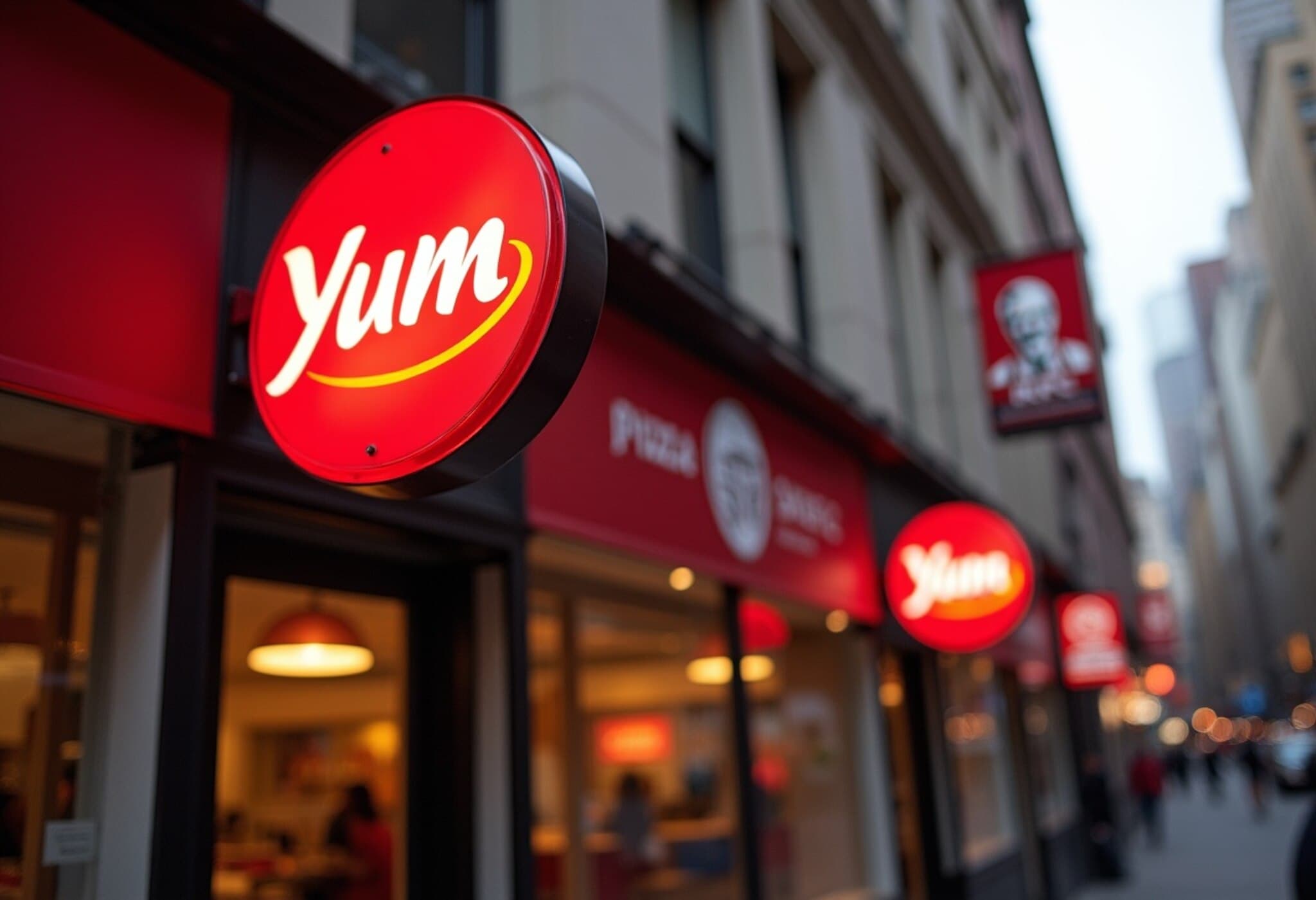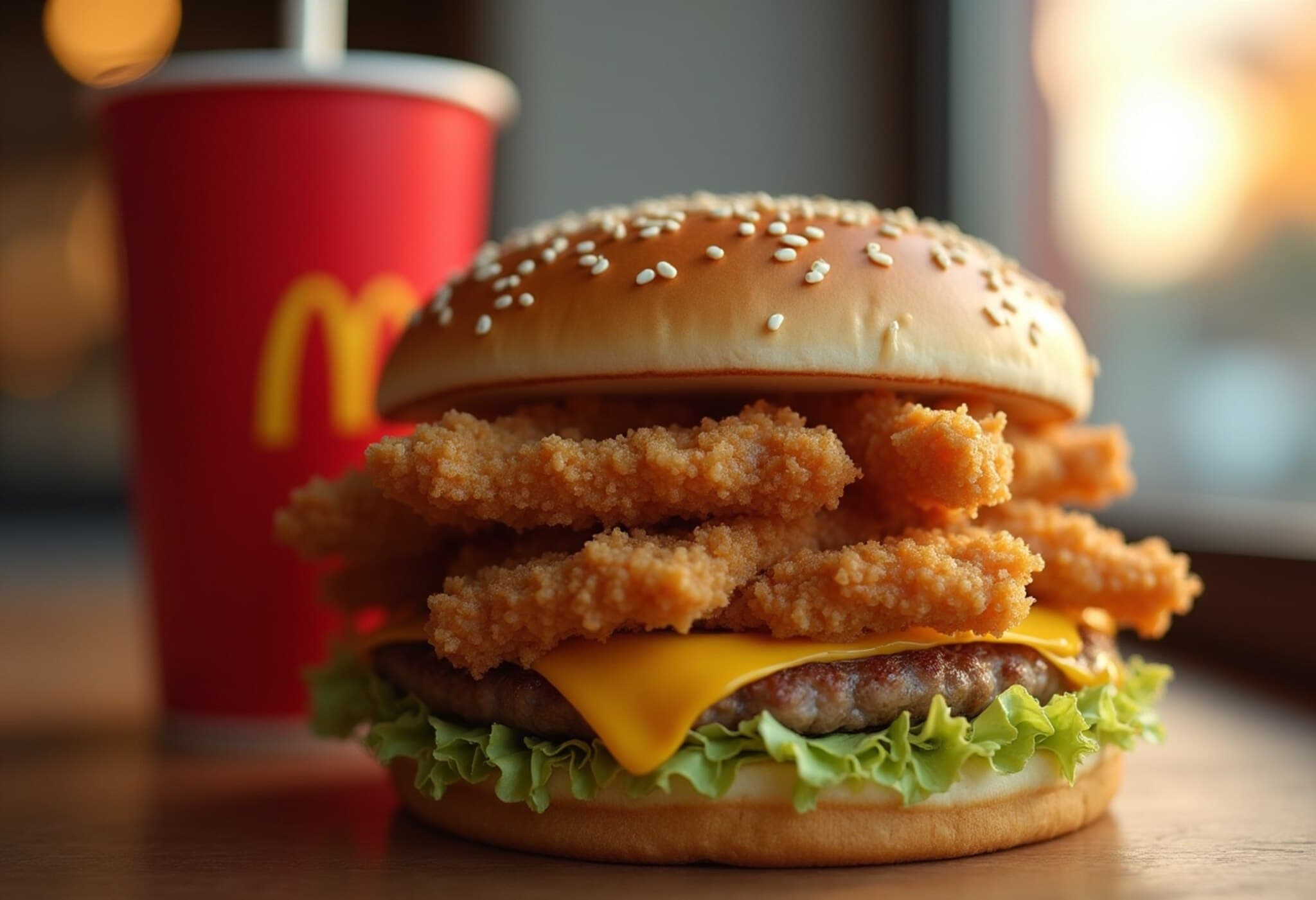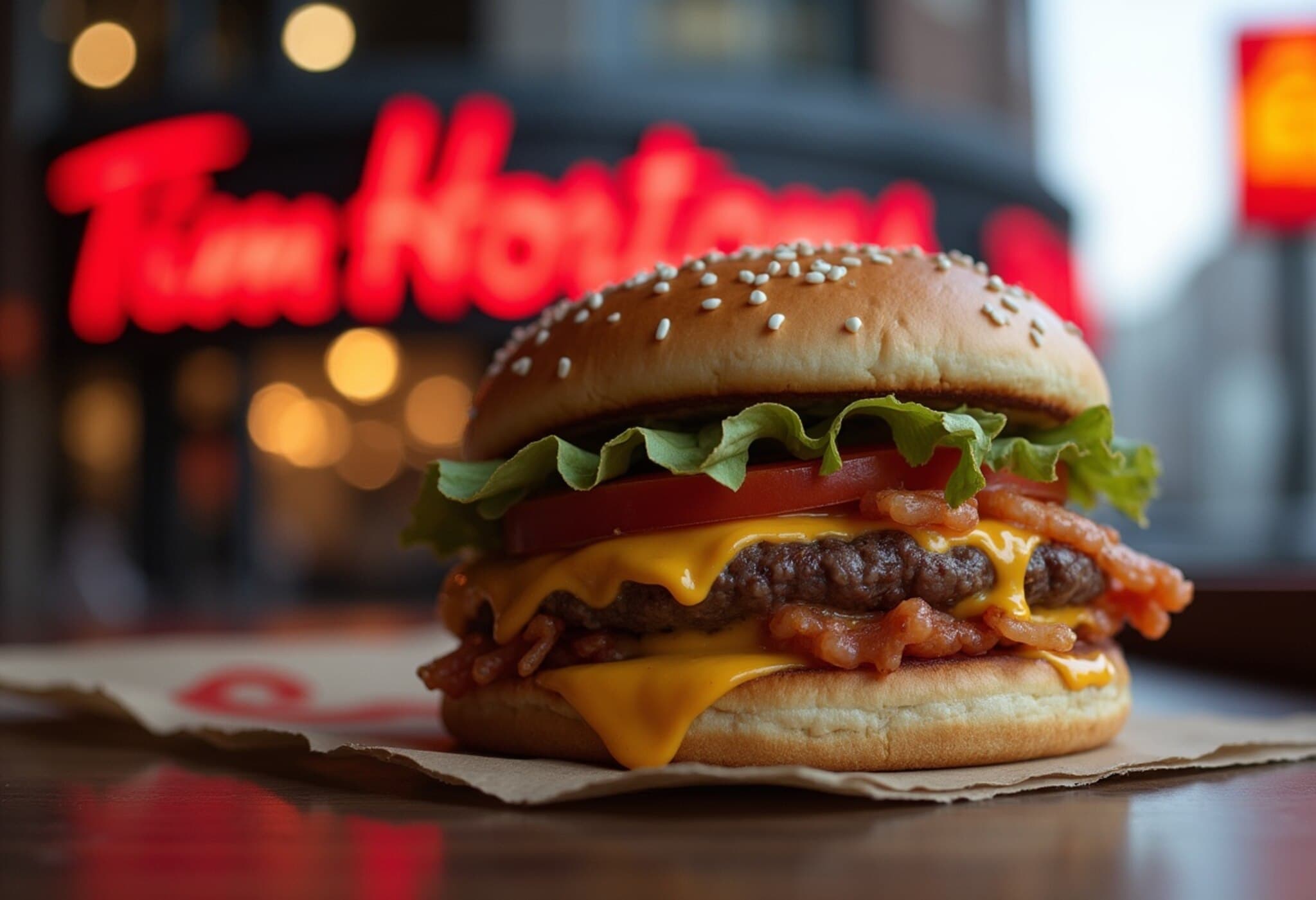Yum Brands Posts Mixed Q2 Results Amid U.S. Market Headwinds
Yum Brands, the parent company of iconic fast-food chains such as KFC, Pizza Hut, and Taco Bell, reported quarterly earnings and revenue that narrowly missed Wall Street’s projections. The company’s second-quarter performance reflected ongoing challenges particularly in the U.S. market segments for Pizza Hut and KFC, while Taco Bell continued to shine as a resilient growth driver.
Financial Results at a Glance
- Adjusted earnings per share (EPS): $1.44 vs. $1.46 expected
- Revenue: $1.93 billion vs. $1.94 billion expected
- Net income: $374 million, or $1.33 per share, up from $367 million, or $1.28 per share, a year earlier
- System-wide net sales: Increased 10% to $1.93 billion
- Same-store sales: Rose 2% globally
Notably, Yum Brands’ digital sales channel continues to reshape the business landscape, accounting for 57% of total system sales. This reflects the broader industry shift toward mobile ordering, delivery, and self-service kiosks, which have become critical pillars for customer engagement and convenience, especially post-pandemic.
Brand Performance: Winners and Struggles
Among the company’s flagship brands, Taco Bell remains the standout star. The chain achieved a 4% increase in same-store sales domestically and internationally, underscoring robust menu innovation and a loyal customer base that appeals to younger demographics.
Conversely, both KFC and Pizza Hut experienced setbacks in the U.S. market:
- KFC: While global same-store sales grew by 2%, led by strong performance in China—its largest market—the U.S. operations saw a 5% decline. This is a continued drag on overall growth and a reflection of intensifying competition in the fried chicken sector, where KFC has slipped from third to fifth place among U.S. chicken chains behind Raising Cane's and Wingstop.
- Pizza Hut: Global same-store sales declined by 1%, and U.S. same-store sales also fell by 5%, challenged by softer consumer demand and increased rivalry from both fast-casual and delivery-focused competitors.
Strategic Leadership Changes Amid Market Pressures
In response to these mixed results and to steer the company into a more sustainable growth trajectory, Yum Brands announced leadership changes. CEO David Gibbs will retire later this year, with CFO Chris Turner slated to take the helm starting October 1. This succession highlights the company’s intent to pursue steady operational efficiency alongside innovation.
Furthermore, Catherine Tan-Gillespie, who became president of KFC U.S. earlier this year, is now charged with reversing KFC’s domestic sales slump. Her strategy will likely focus on reinvigorating the brand through marketing, menu updates, and digital engagement.
Broader Industry and Economic Context
The struggles of Pizza Hut and KFC in the U.S. speak to larger trends impacting the fast-food industry:
- Shifts in consumer dining habits: With inflationary pressures and evolving lifestyle preferences, many consumers have cut back on casual dining visits, affecting total foot traffic.
- Increased competition from fast-casual brands: Competitors offering fresher menus, easier digital ordering, and innovative loyalty programs are capturing younger and more health-conscious customers.
- Supply chain and labor challenges: These continue to impact restaurant operations, pricing, and service quality, creating headwinds for growth.
Despite these hurdles, Yum Brands’ strategic push into digital transactions and international market expansion, especially through KFC’s footprint in Asia, provides a crucial offset to domestic softness.
Summary
Yum Brands’ latest earnings underscore a pivotal moment for the fast-food giant. While Taco Bell’s steady growth offers optimism, the challenges facing KFC and Pizza Hut at home cannot be ignored. Leadership transitions and audience-centric innovation will be critical as the company navigates a complex marketplace marked by evolving consumer behaviors and rising competition.
Editor’s Note
Yum Brands’ Q2 report reveals both resilience and vulnerabilities emblematic of today’s fast-food sector. Industry watchers should pay close attention to how leadership reshuffles and strategic shifts, particularly in the digital arena and brand repositioning, influence future performance. Will Yum’s international growth and digital innovation outpace domestic declines? The next few quarters will be telling.



















